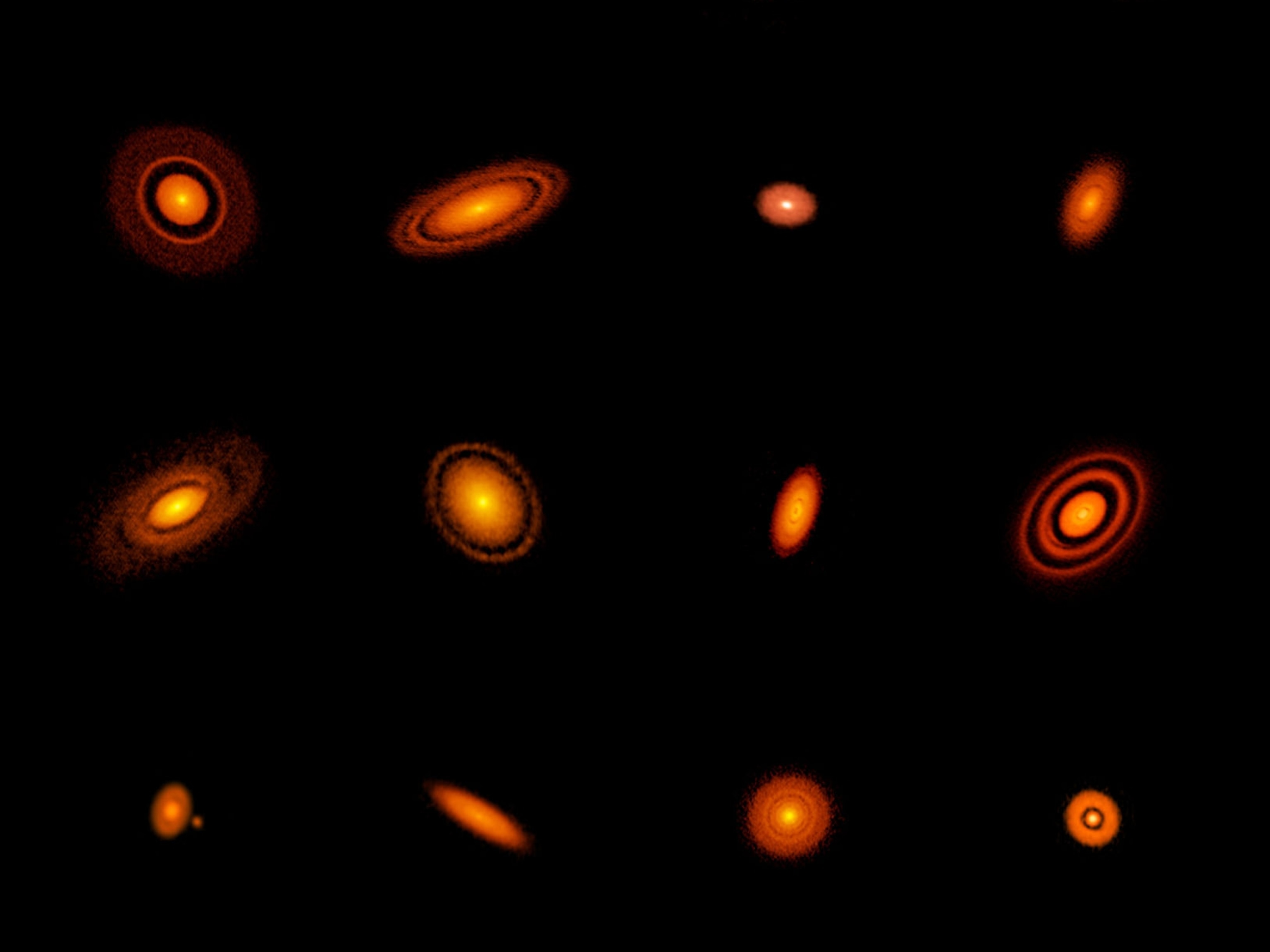
Holographic elephants shine new light on tradition—and other innovations
From high-tech circus animals to sultry orchids, these discoveries question age-old assumptions.
Glowing new acts to see under the big top
At Circus Roncalli, based in Cologne, Germany, the dancing elephant is 20 feet tall. Such a behemoth should weigh more than 10 tons, but this creature is weightless—and slightly translucent. It’s a three-dimensional hologram, a six-million-pixel creation that performs thanks to 15 engineers, more than 3,000 processors, and 11 laser beams. The spectacle is “a combination of nostalgic circus with modern elements,” says founder and director Bernhard Paul. The circus animates holographic fish and horses as well as elephants but bills itself as “otherwise animal free.” The innovation has been applauded for respecting both circus tradition and animal protection. —Claire Wolters
Read our guidelines for ethical animal encounters.

In orchids, myth and folk medicine meet
The word of the day: orchis. It’s a genus of the orchid plant. It’s the Greek word for testicle (which some orchid tubers ostensibly resemble). And in Greek mythology Orchis was a brute whose punishment for assaulting a priestess was to be torn into pieces—from which sprouted a plant with testicle-like tubers. Since ancient times, orchids have been “associated with sexuality,” says the Journal of Cultural Heritage. In some societies people still consume the plant, hoping that their own anatomy will benefit. Orchid tubers are eaten as impotence fighters in Israel; bulbs, as aphrodisiacs in Turkey. Even the flowers were once consumed in Italy, where species include the anatomically explicit Orchis italica—aka the naked man orchid. —Patricia Edmonds

If ticks bite, opossums bite back
Black-legged ticks, which spread Lyme disease in much of North America, feed on various hosts. One, the opossum, is a tick-eliminating champ, grooming away 96 percent of tick larvae that infest it, a research study says. Preserving Earth’s biodiversity helps keep this and other natural pest traps on the job, the study concludes. —PE

Worked to the bone in antiquity
In millennia-old bones, scientists can see how the sexes divided chores. A U.K. study of prehistoric agriculturalists’ remains found signs in men’s arm and leg bones that they did hard labor. But women’s arm bones also showed signs of manual labor and impressive strength—up to 40 percent greater than a control group of modern women. Anthropologist Alison Macintosh Murray says the findings refute the idea that women didn’t do “as much as the men.” —PE
Read more about why prehistoric women had stronger arms than modern athletes.
Go Further
Animals
- How can we protect grizzlies from their biggest threat—trains?How can we protect grizzlies from their biggest threat—trains?
- This ‘saber-toothed’ salmon wasn’t quite what we thoughtThis ‘saber-toothed’ salmon wasn’t quite what we thought
- Why this rhino-zebra friendship makes perfect senseWhy this rhino-zebra friendship makes perfect sense
- When did bioluminescence evolve? It’s older than we thought.When did bioluminescence evolve? It’s older than we thought.
- Soy, skim … spider. Are any of these technically milk?Soy, skim … spider. Are any of these technically milk?
Environment
- Are the Great Lakes the key to solving America’s emissions conundrum?Are the Great Lakes the key to solving America’s emissions conundrum?
- The world’s historic sites face climate change. Can Petra lead the way?The world’s historic sites face climate change. Can Petra lead the way?
- This pristine piece of the Amazon shows nature’s resilienceThis pristine piece of the Amazon shows nature’s resilience
- Listen to 30 years of climate change transformed into haunting musicListen to 30 years of climate change transformed into haunting music
History & Culture
- Meet the original members of the tortured poets departmentMeet the original members of the tortured poets department
- Séances at the White House? Why these first ladies turned to the occultSéances at the White House? Why these first ladies turned to the occult
- Gambling is everywhere now. When is that a problem?Gambling is everywhere now. When is that a problem?
- Beauty is pain—at least it was in 17th-century SpainBeauty is pain—at least it was in 17th-century Spain
Science
- Here's how astronomers found one of the rarest phenomenons in spaceHere's how astronomers found one of the rarest phenomenons in space
- Not an extrovert or introvert? There’s a word for that.Not an extrovert or introvert? There’s a word for that.
- NASA has a plan to clean up space junk—but is going green enough?NASA has a plan to clean up space junk—but is going green enough?
- Soy, skim … spider. Are any of these technically milk?Soy, skim … spider. Are any of these technically milk?
Travel
- This tomb diver was among the first to swim beneath a pyraamidThis tomb diver was among the first to swim beneath a pyraamid
- Dina Macki on Omani cuisine and Zanzibari flavoursDina Macki on Omani cuisine and Zanzibari flavours
- How to see Mexico's Baja California beyond the beachesHow to see Mexico's Baja California beyond the beaches
- Could Mexico's Chepe Express be the ultimate slow rail adventure?Could Mexico's Chepe Express be the ultimate slow rail adventure?



